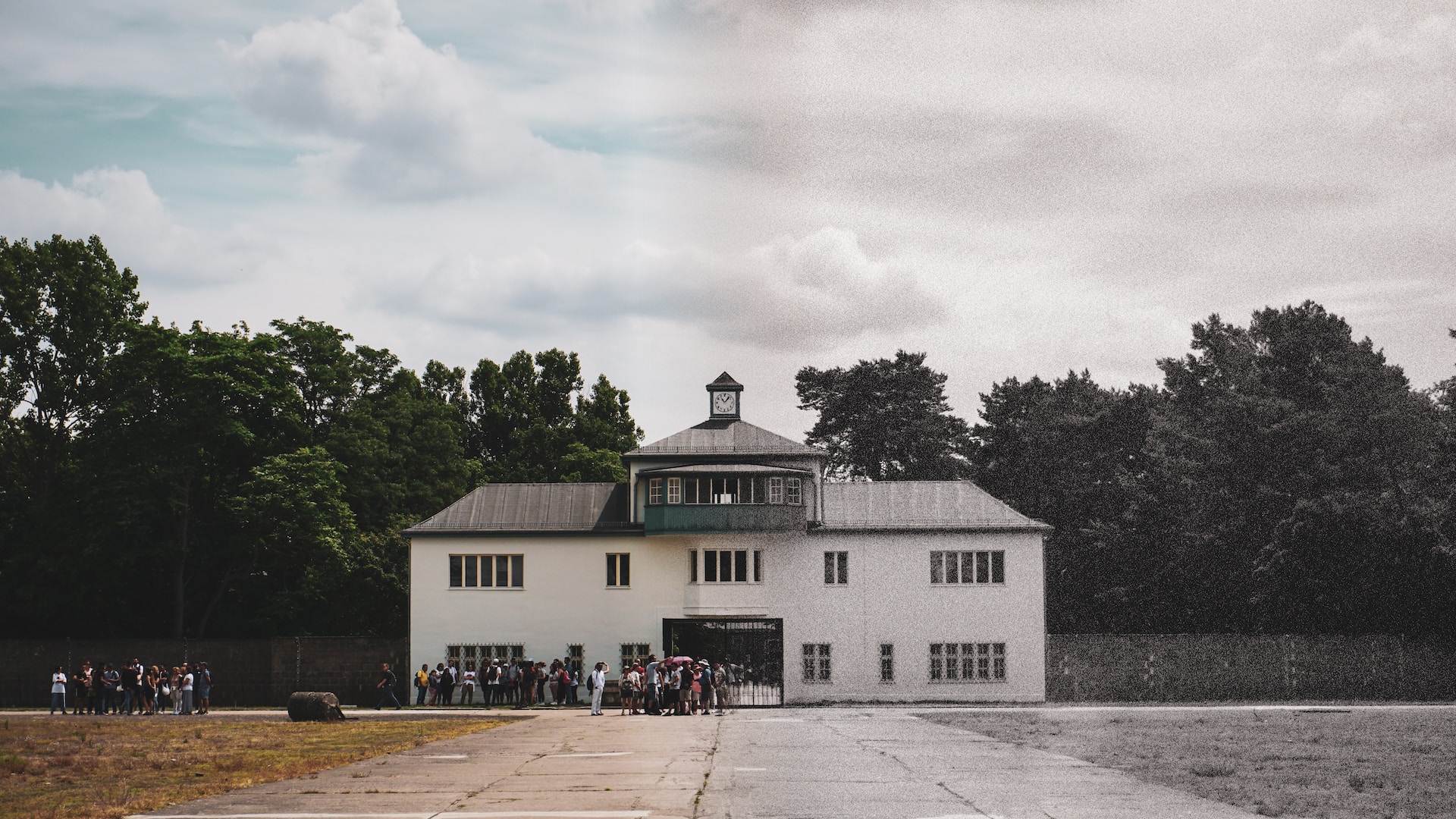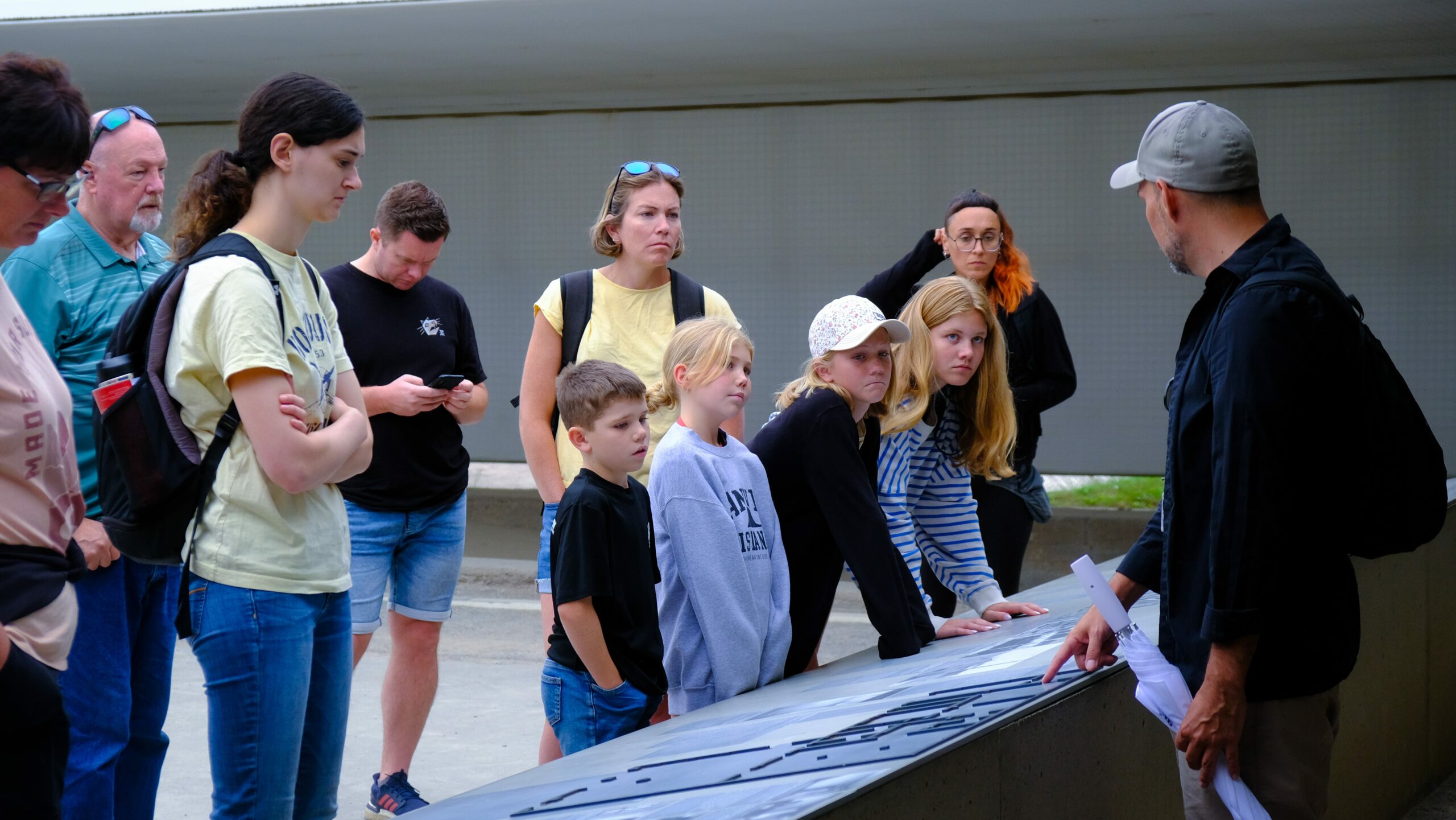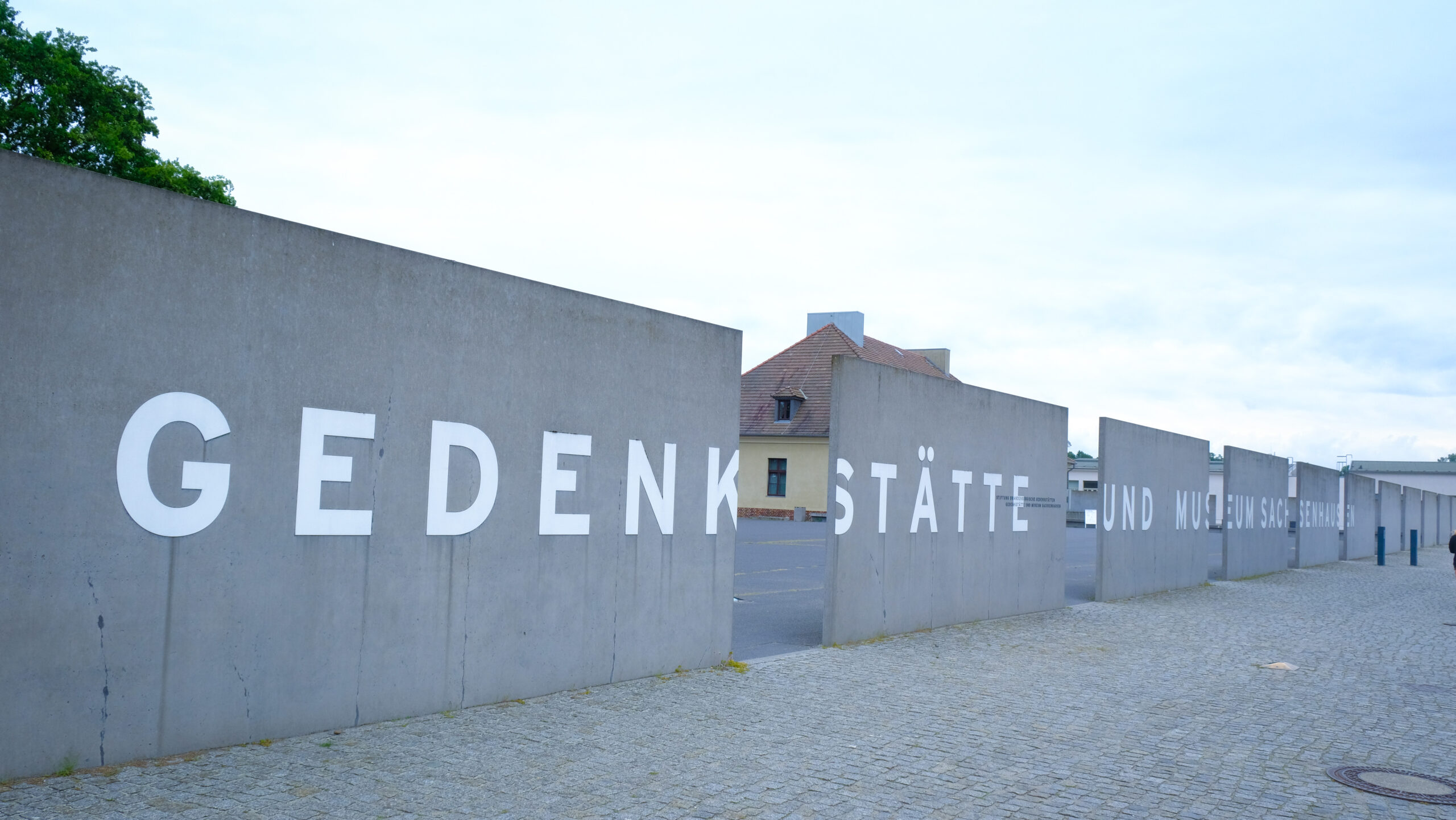Located just outside of Berlin, the Sachsenhausen Memorial is a place of historical significance that offers visitors a chance to learn about the atrocities of the Nazi era. This former concentration camp serves as a memorial site and museum, providing a somber reminder of the horrors that took place during World War II. In this blog post, we will explore why visiting the Sachsenhausen Memorial is a meaningful and educational experience.
1. Historical Importance
Sachsenhausen is an important historic site through which visitors can actively participate and contemplate with history. You can extend a step towards learning more about themselves and the holocaust and the Nazis by visiting the memorial.
Subsection: Camp History
Sachsenhausen Oranienburg was opened in 1936, and unlike other camps, had been intended to be used as an exemplary concentration camp. It was used as a training ground for SS officers and was a place where new form of repression and persecution were tested on inmates. Going round the prisoners’ barracks, the punishment cells and the execution areas the visitors are able tocapture the suffering of the prisoners in this black history period.
Subsection: Exhibition
It includes also a historic presentation of the camp, daily lives of the prisoners and ss members involved in running the camp. Photography, other relics and use of actual testimonies from some of the prisoners reveal how the camp affected the lives of prisoners and the Nazis in general.
2. Commemoration and Remembrance
Coming to the Sachsenhausen Memorial is paying tribute and remembering the suffering of holocaust victims. Visitors of this site are able to pay their respects to those who were lost and are also given the ability to reflect on their experiences which happens at the different sites in the memorial.
Subsection: Memorial Site
Sachsenhausen Memorial covers the area of the former camp and contains many monuments to individual groups, such as political prisoners, Jews, gays, and other victims of the Nazis. These memorials depict the unendurable pain that people had to through in their struggles and give an opportunity to ponder.
Subsection: Documentation Center
Next to the memorial, the visitors of the camp can find additional information in the Sachsenhausen Documentation Center. By way of its exhibitions and presentations as well as its education activities it seeks to raise public consciousness about the genocide perpetrated in the Nazi period as well as of other aspects of the twentieth century.
3. Educational Experience
To see firsthand the horrors of prisoners’ existence in the concentration camp, with the help of the guide’s commentary, is much more valuable than reading about it in School or watching a film about prisoners’ concentration camps. Strolling around the camp and listening to holocaust survivals and well informed members of staff gives one an actual feel of what holocaust entailed and being informed on the need to uphold dignity for every human being.
Subsection: Guided Tours
Visits to the place are well organized in the Sachsenhausen Memorial and it is advisable that visitors get a guided tour since the tour will take longer and cover much more than the individual will be able to discover on his own. Informed, formal attendant information is offered, questions are answered, and anecdotes and tidbits are depicted to supplement the total experience.
Subsection: Educational Programs
The memorial also available for educational purposes, such as educational workshop or seminar that could be tailored according to age and level of education or knowledge. These programs are intended to increase learning around the Holocaust and other Nazi crimes, as well as further conversation and education around these topics; they are also intended to help develop commitment to anti-prejudice, anti-bias, and anti-tolerance across the world.
Conclusion
Sachsenhausen Memorial in Berlin is not just a place that one can read about or listen to the history at, but a place where one goes to learn history and in the process think about the Histories of the present and the histories of the future. If you choose to learn about the memorial’s history, visit the memorials and take part in the programs, you will be taking part in a worldwide commitment to making sure that the world will never forget the horror of the holocaust, and to work towards making a society which can be considered just and tolerant.




